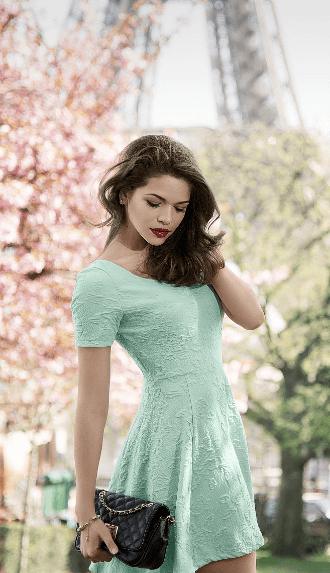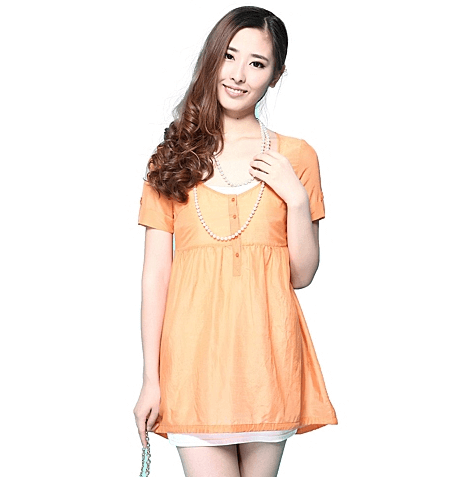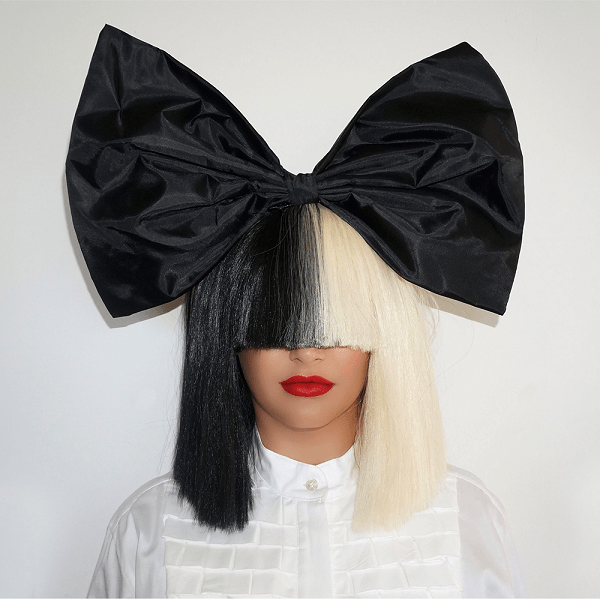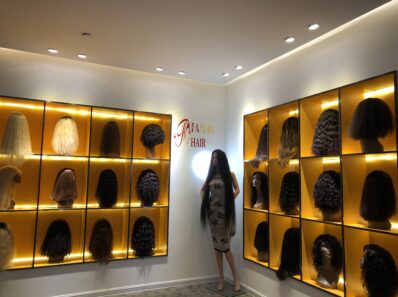By the 18th century, those who could afford it had a large, full wig for public wear and a smaller one to wear at home. In fact, those who couldn’t afford wigs would do all they could to make their natural hair look like a wig! (How’s THAT for a backwards idea from how we consider wigs today, huh?)
The wealthy used hair that was cut from those less fortunate to add to their own hair. Elaborate stylings, with great height, were constructed and colored with flour, starch, and even plaster of paris! The primping and bedazzling of wigs was an art in itself. This is where the term “hairdressing” came from- because the hair was dressed up with these elaborate pieces!

Wigs Move Into The Modern Day
Fast forward to the 20th century and we see wigs fading out around the 1920s, with the dawn of the bobbed hairstyle Wigs were worn by older, “unfashionable” women. Enter the ‘50’s. Wigs began a comeback, but mostly as a fantasy-type ornament. By the 60’s women of color were discovering the joy and ease of wigs; with Diana Ross, the famed singer and star of the Supremes, being well-known for her gorgeous wigs. By the late 60’s, white, European women were jumping onto the wig bandwagon, while men were passing on the faux hair and moving to the natural.
Until the early 1950’s, all wigs were made by hand. Over time wigs began to be made with synthetic nylon fibers and crafted by machine in Hong Kong. By 1970, the wig industry employed 24,000 workers and 40% of wigs were made from synthetic fibers. The leading wig companies at that time were the American company Dynel and the Japanese company, Kanekalon.


